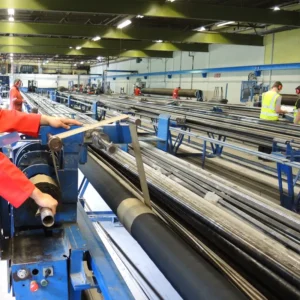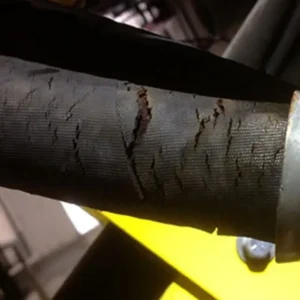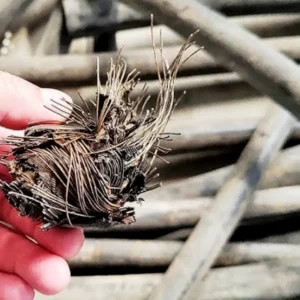Proper disposal of rubber hoses is essential for environmental safety and sustainability. Many people overlook the impact of simply throwing away old hoses, which can contribute to landfill waste and pollution. Understanding the correct disposal methods helps protect the environment and promotes responsible recycling practices for businesses and individuals alike.
Rubber hoses, widely used in industrial, automotive, and home applications, require careful handling when they reach the end of their lifespan. By learning about recycling, repurposing, and proper waste management, you can minimize environmental harm while ensuring compliance with local regulations. Safe disposal also supports a circular economy and resource conservation.
When to Dispose of Rubber Hoses
Knowing the right time to dispose of rubber hoses helps prevent equipment failure and environmental harm. Hoses that are worn, damaged, or no longer meet safety standards should be replaced promptly. Timely disposal ensures safety, efficiency, and sustainability in both industrial and home settings.
- Visible Cracks or Wear – Hoses showing cracks, splits, or significant abrasion have weakened and may fail under pressure. Replacing them immediately prevents leaks, equipment damage, and potential safety hazards. Timely disposal also allows proper recycling or authorized waste handling, reducing environmental impact.
- Leaks or Pressure Loss – Hoses that leak or cannot maintain proper pressure indicate internal damage or material degradation. Continued use risks operational failures and accidents. Disposing of these hoses responsibly ensures safety while supporting recycling programs for rubber materials.
- Exceeding Lifespan – Every rubber hose has a recommended service life. Using hoses beyond this period increases failure risk. Regular inspection and disposal at the end of their lifespan safeguard equipment performance and promote environmentally responsible practices by diverting old hoses to proper recycling channels.
- Chemical or Contamination Damage – Exposure to harmful chemicals or fluids can degrade hose integrity. Contaminated hoses should be disposed of properly to prevent environmental pollution. Handling them through authorized disposal or recycling ensures workplace safety and adherence to environmental regulations.
How to Disposal of Rubber Hoses?
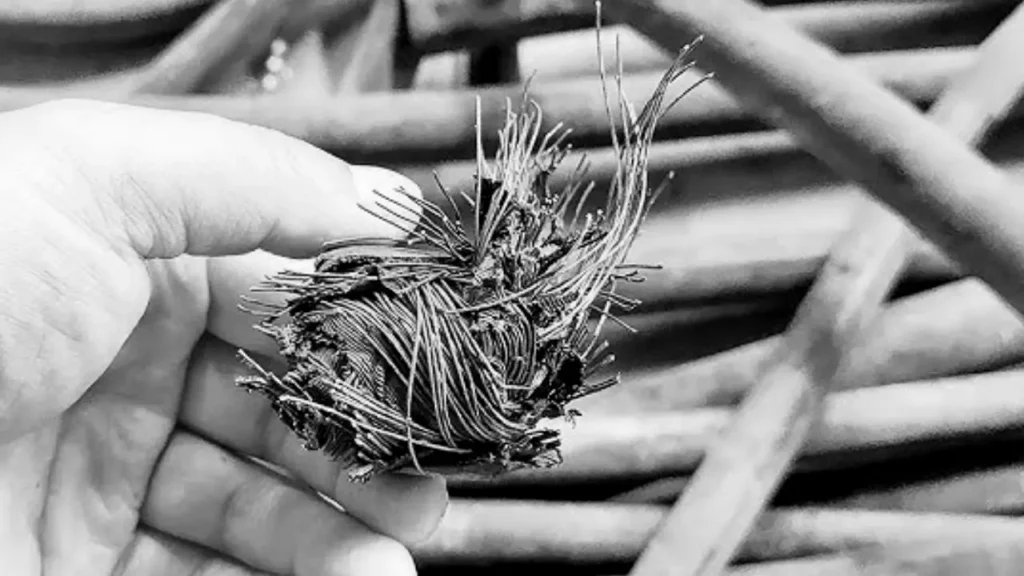
Rubber hoses require careful disposal to ensure safety, prevent environmental harm, and comply with regulations. Proper steps include assessing hose condition, removing contaminants, recycling or repurposing, and using authorized waste management services. Following these steps helps maintain sustainability in industrial and home settings.
Step 1: Inspect the Hose
Regular inspection helps determine whether a hose is safe to continue using or should be disposed of. Check for cracks, leaks, and wear that compromise performance. Identifying damaged hoses early prevents equipment failure and reduces safety risks in workplaces and homes.
Evaluate the hose for chemical contamination, abrasion, and signs of aging. Even hoses that appear intact may have internal weaknesses. Disposing of compromised hoses promptly ensures operational efficiency while protecting the environment from potential hazardous waste.
Step 2: Remove Contaminants
Before disposal, remove any fluids, oils, or chemicals from the hose. Properly draining and cleaning hoses reduces environmental contamination and ensures they are safe for recycling or authorized disposal. Contaminant removal is essential for responsible waste management.
Cleaning hoses also prevents hazardous reactions during recycling or incineration. Using gloves and protective equipment during this process ensures worker safety. Proper handling guarantees that the disposed hoses comply with environmental and workplace safety standards.
Step 3: Choose Recycling or Repurposing
Where possible, recycle old rubber hoses to create new products or raw materials. Some hoses can also be repurposed for non-critical applications, reducing waste. Recycling supports sustainability and minimizes landfill accumulation.
Repurposing hoses for garden irrigation, protective covers, or crafting projects extends their useful life. Both recycling and repurposing contribute to circular economy practices, allowing materials to remain valuable while reducing environmental impact.
Step 4: Use Authorized Waste Management
For hoses that cannot be recycled, dispose of them through authorized waste management services. Professional handling ensures compliance with local regulations and prevents environmental hazards from improper disposal.
Certified disposal facilities manage rubber waste safely, often converting it into energy or processed materials. Using authorized services reduces liability risks, protects communities, and supports broader sustainability efforts in industrial and commercial operations.
What to Do with Wasted Rubber Hoses
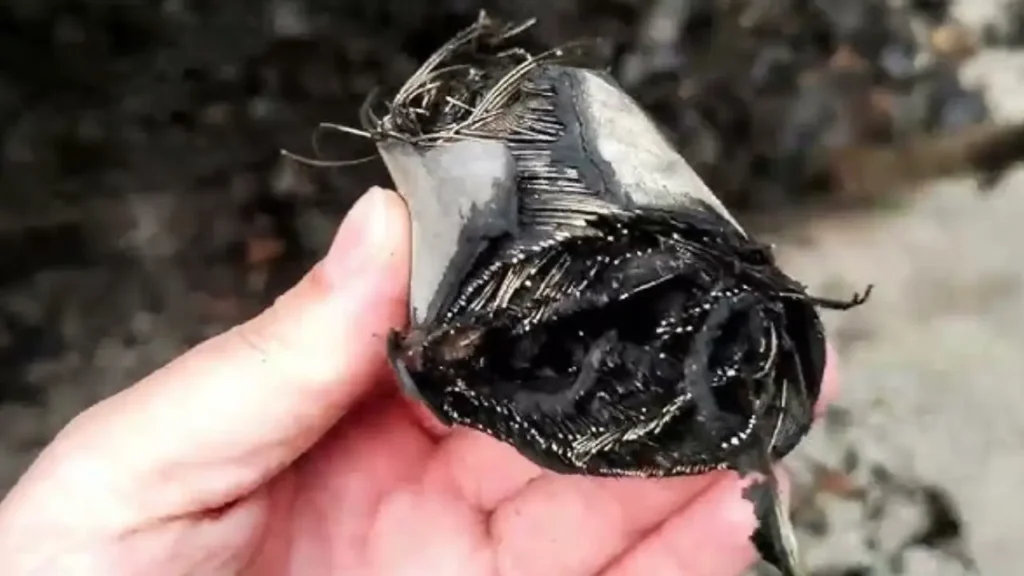
Wasted rubber hoses can still serve a purpose if handled responsibly. Proper management prevents environmental harm, reduces landfill waste, and promotes sustainability. Understanding the options for recycling, repurposing, and safe disposal ensures that old hoses are managed efficiently and safely.
- Recycle Them – Rubber hoses can be recycled into raw materials for new products. Sending hoses to certified recycling centers ensures proper processing and reduces environmental impact. Recycling supports circular economy practices and transforms waste into useful industrial or consumer items efficiently.
- Repurpose for Home or Industrial Use – Old hoses can be creatively reused, such as for garden irrigation, protective covers, or DIY projects. Repurposing extends their useful life, saves costs, and prevents unnecessary waste, promoting eco-friendly practices both at home and in industrial settings.
- Dispose via Authorized Facilities – If hoses are too damaged or contaminated, they should be sent to authorized waste management facilities. These centers handle hazardous materials safely, comply with regulations, and prevent environmental pollution, ensuring responsible disposal of unusable rubber hoses.
- Use in Energy Recovery – Some rubber hoses can be processed for energy recovery through controlled incineration. This method converts waste into usable energy while reducing landfill volume. Proper handling and authorization are essential to ensure safety and environmental compliance.
Rubber Hose Recycling Tips
Recycling rubber hoses helps reduce landfill waste, conserve resources, and support sustainability. Proper recycling requires careful preparation, sorting, and choosing the right recycling methods. Following these tips ensures that rubber hoses are processed safely and efficiently, turning old waste into valuable reusable materials.
- Clean the Hoses Thoroughly – Before recycling, remove all fluids, oils, and debris from the hoses. Proper cleaning prevents contamination in recycling facilities, ensures worker safety, and allows the rubber to be processed effectively into reusable materials without environmental hazards or chemical risks.
- Sort by Material Type – Different hoses may contain various rubber compounds or reinforcements. Sorting hoses by material type helps recycling facilities process them correctly, improves the quality of the recycled output, and ensures that different materials are not mixed, which could compromise reuse.
- Cut or Shred Hoses – Breaking hoses into smaller pieces or shredding them makes recycling more efficient. Smaller pieces are easier to handle, transport, and process, allowing recycling facilities to convert them into raw materials for new products faster and with minimal energy consumption.
- Use Authorized Recycling Centers – Always send hoses to certified recycling centers that follow environmental and safety standards. Authorized centers ensure proper handling, reduce pollution risks, and maximize the recovery of rubber materials, supporting sustainable industrial practices and eco-friendly waste management.
Conclusion
Disposing of rubber hoses responsibly is a crucial step toward environmental protection. Recycling, repurposing, and using authorized waste management services ensure that old hoses do not harm ecosystems. Following these strategies allows both businesses and individuals to contribute positively to sustainability while reducing landfill pressure.
Proper rubber hose disposal not only benefits the environment but also enhances workplace safety. Avoiding improper disposal prevents chemical leaching and contamination, ensuring compliance with environmental regulations. Companies that adopt responsible disposal practices also demonstrate social responsibility, strengthening their reputation and community trust.
For businesses seeking quality replacements, Gushan Rubber offers a wide range of wholesale rubber hoses. By sourcing from reliable suppliers, you can maintain operations efficiently while committing to sustainable practices. Explore Gushan Rubber’s selection to find durable hoses that meet your specific industrial or commercial needs.

